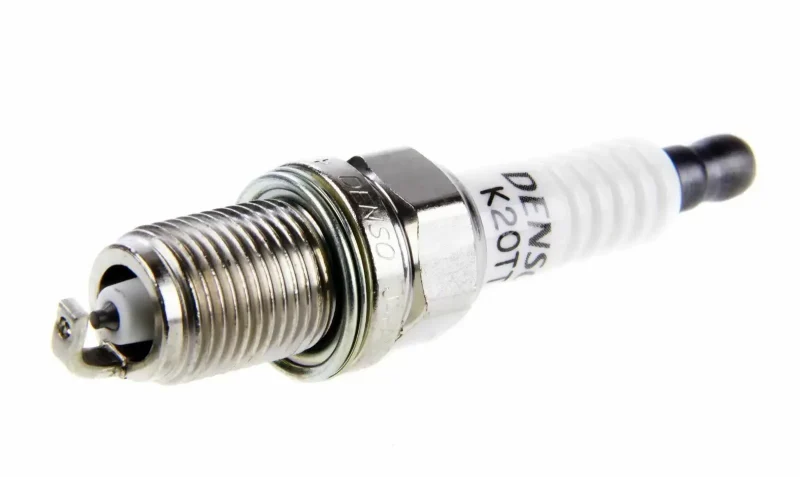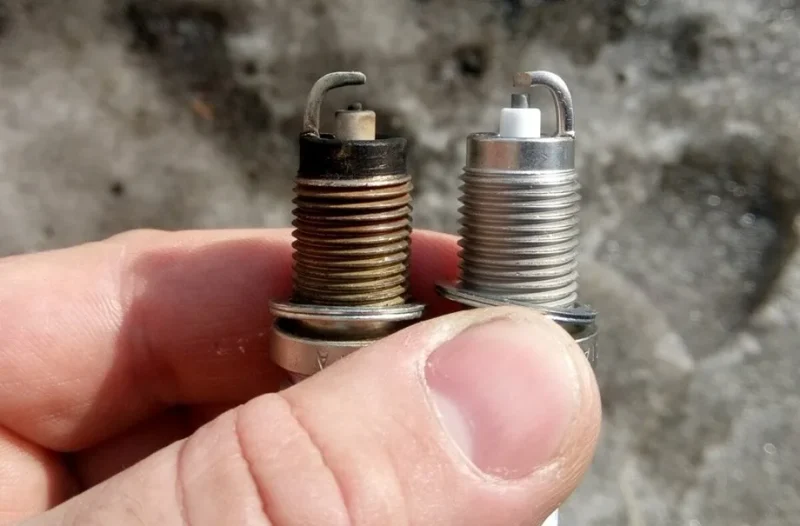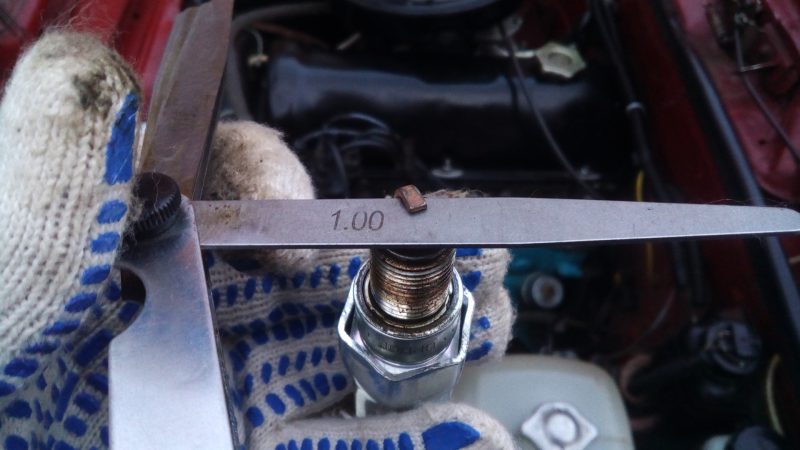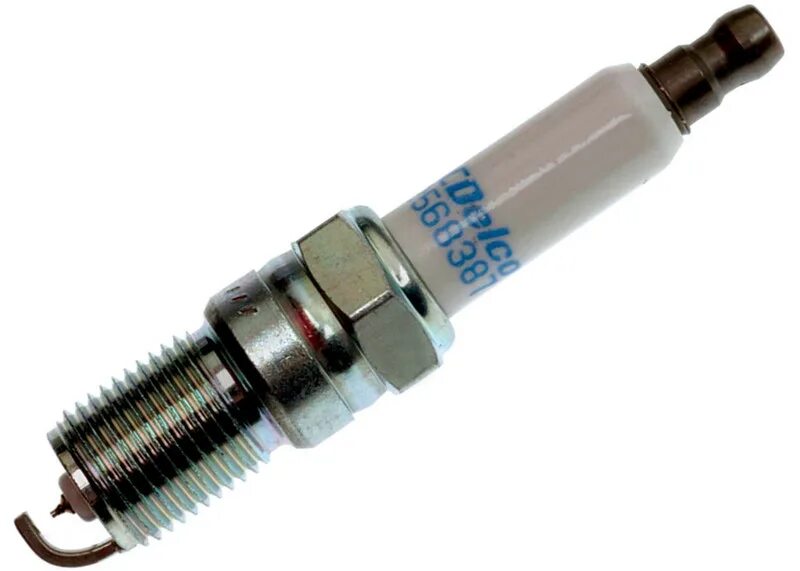What should be the gap on the spark plugs of a gasoline engine – decide the engineers who designed the engine. But in the process of operation of the unit, these gaps change. Why does this happen, what does it threaten and how to set the correct gaps? Let’s find out!
What affects the gap in the spark plugs
It would seem, what role can play the gap between the electrodes of spark plugs? After all, a spark between two metal parts (electrodes) under voltage will still jump through. In general, it does. But to reliably ignite the mixture, the spark must be powerful enough. And it must also jump through at exactly the right moment – when the piston is approaching the top dead center (TDC) during the compression stroke.
If the gap is too small, ignition skips can occur. This is a situation where the spark power in some cycles is not enough to ignite the mixture. The car may jerk, the engine may lose traction, and the car may lose dynamics. Insufficient gap on spark plugs injector perceives not so critical, because the ECU on the basis of information from sensors can correct the amount and composition of the mixture. But carburetor engines are more sensitive to gaps: in the absence of spark the spark plug is usually “flooded” with unburned fuel and it generally loses its performance. Drivers with experience are familiar with this situation, especially in winter, when gasoline evaporates poorly and is more difficult to ignite.

If the gap is too large, the spark will get a powerful spark. But it is not a fact that it will be produced at all. First, to create it, the voltage between the electrodes must be higher, which means that more electrical energy is needed. Secondly, there is a probability that this energy will find an easier way than between the electrodes. As a result, too large a gap increases the load on the ignition system (primarily on the coils) and increases the risk of the same misses – only in this case because the accumulated charge instead of the electrodes will “flow” down the insulator or “break” the high-voltage wire.
With modern injector engines everything is simpler: individual coils there are more powerful than the single “carburetor”, and there are no high voltage wires at all. Therefore, the spark can ignite the mixture and with an increased gap – even according to the regulations of such motors it is on average 60-80% more than in carburetor engines.
What gap on the spark plugs is considered normal

For most modern injector engines, the optimal gap is 1.0-1.3 mm. In carburetor engines, it is slightly smaller: 0.7-0.8 mm in the presence of electronic ignition control and 0.5-0.6 mm in archaic designs with a breaker-distributor. In iridium and platinum candles, the gap is also different – usually it is 0,5-0,7 and 1,0-1,2 mm, respectively.
How to check the gap on spark plugs
Most often it is done with the help of an ordinary set of feeler gauges. It resembles a folding knife, only instead of blades in it – plates of strictly defined thickness, usually with a step of 0.05 mm. They are tried successively between the electrodes – the maximum thickness of the plate that fits shows the gap.
Such feeler gauges are excellent, for example, for adjusting the valves in the engine. But in the case of plugs, they are still a compromise. It is more accurate to measure the gap with special styli in the form of curved wires.

Before measuring the gap, it is necessary to clean the electrodes, if there is a layer of soot on them. A metal brush or fine-grained sandpaper is suitable for this purpose. Cleaning should be done carefully, trying not to damage the insulator.
How to change the gap between the electrodes
How to set the gap on the plugs, if it is very different from the norm? When the gap is too large, the electrodes need to be brought closer together. To do this, simply insert a feeler gauge of the right thickness between the electrodes and, holding the candle in your hand, gently tap the side electrode from above. A hammer is too heavy and rough for this, usually a screwdriver handle is enough. Remember that we are talking about fractions of a millimeter, so don’t overdo it.
A small gap between the plug electrodes is also easily corrected. The side electrode must be moved away from the center electrode – for this purpose there is a special, but quite simple key in the form of a bar with a narrow slot. It is used as a lever by inserting the tip of the electrode into the slot. An alternative option is a flat screwdriver of suitable size. Its sting is shaped like a cone, which can be inserted between the electrodes and gently pressed. But this method works only with inexpensive plugs – thin iridium or platinum electrodes will not withstand such treatment.
Why the gap can deviate from the norm

If we do not take into account marriage and incorrect selection of the plug for a particular engine (and such situations also happen), the main reason is the wear of electrodes during operation. Electric arc and high temperature lead to the gradual evaporation of metal from the surface – this process is inevitable, although greatly extended in time. That is why it is most often necessary to correct the increased gap.
It can be reduced by the appearance of deposits, and they, in turn, are formed by prolonged idling, over-enriched mixture or poor quality gasoline.
Totals
- Any plug should have the correct gap between the electrodes, calculated for the engine in which it is used.
- If the gap becomes larger or smaller, ignition misses may occur: then the car loses dynamics and fuel consumption increases.
- Check the value of the gap can be checked with special feeler gauges.
- Adjustment consists in increasing or decreasing the distance between the electrodes by mechanical means.
